Culture & Lifestyle
Photos speak a language beyond technique
American photographer Chan Chao explores themes of migration, identity, and global connection through his evocative work and teaching.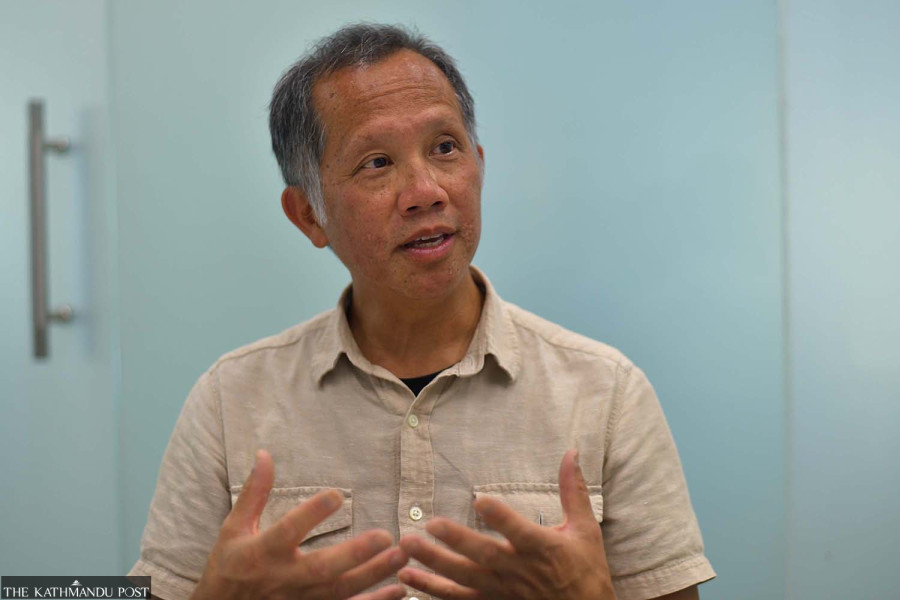
Sanskriti Pokharel
Photographer Chan Chao began his career when photography was more segmented, with individuals concentrating on areas such as journalism, fashion, or fine art. Over time, these divisions have become less distinct, especially as online platforms have enhanced connectivity. When Chao started, black-and-white photography was dominant, but later, it transitioned to colour. Cameras also evolved from large, heavy devices to compact, portable ones.
Chao’s photography has a very formal style. He typically shoots from above the thigh, allowing clear visibility of the face and an understanding of the gestures and body language. His photos effectively capture people's gestures, emotions, and various emotional nuances.
In addition to his work as a photographer, he is also a lecturer in the Studio Arts programme at George Washington University. He has published three photography books, ‘Burma: Something Went Wrong’ (2000), ‘Letterform PLF’ (2001), and ‘Echo’ (2004). His work has been exhibited at the 2002 Whitney Biennial and in galleries and museums across the United States, with pieces held in the permanent collections of institutions such as the Hirshhorn Museum, the Corcoran Gallery of Art, the Whitney Museum of American Art, SFMOMA, and LACMA.
This is his first time in Nepal. The Post’s Sanskriti Pokharel sat down with Chao to discuss his early life, interest in photography, and projects, including the one in Nepal.
You were born in Kalemyo, Burma (present-day Myanmar) and moved to the US in 1978. How has your early experience of migration shaped your worldview?
Yes, I moved to the US when I was twelve. Migration has always been part of my family’s story. My father moved from China to Burma during the Depression, and years later, my family migrated from Burma to the US. These experiences and my travels and projects abroad have made me realise how well-connected the world is.
One of my first major projects in 1996 was photographing Burmese freedom fighters. I went to Burma then, partly to explore my identity. Even at the border, I didn’t feel far from my family in the US because we could communicate online. The freedom fighters, too, were in touch with people worldwide. That experience showed me the power of modern travel, communication, and trade, and how these forces bring people closer together.
What draws you towards photography?
I’ve always loved meeting and talking to people, and photography felt like the perfect way to do that. A camera isn’t just a tool for me, it’s a bridge that helps people open up and share their emotions. It breaks the ice, sparks conversations, and allows me to connect with others on a deeper level, while also giving me a way to express my creativity. That is why I like photography.
My professional journey began after college, when I started working for the student newspaper and freelancing with friends. One day, I was sent to an old-age home for an assignment. At first, I didn’t know how to approach or talk to the residents. But once I started taking photographs, something shifted. The camera became our common language, and people began opening up to me.
That experience made me realise that photography wasn’t just a profession; it was a powerful way to connect, communicate, and express my feelings.
Why did you choose to explore the stories of UN peacekeepers in Cyprus alongside those of female prisoners in Peru?
In my book ‘Two Places on Earth’, I brought together two very different worlds: the lives of multinational soldiers guarding a 111-mile buffer zone in Cyprus, and women from around the world serving sentences in Peru’s Santa Monica Women’s Prison.
Cyprus is a small country divided between Greek and Turkish communities after a conflict in the early 70s. All the Greeks moved south, the Turkish population moved north, and a neutral zone was created in between, monitored by UN peacekeepers. When I visited, there were about fifteen to eighteen nationalities stationed there, all working together to keep the peace. For me, it was another example of how interconnected the world is.
In Peru, I spent time at the women’s prison, where many of the inmates were foreigners caught smuggling cocaine. Again, I was struck by how a single place could bring together people from so many parts of the world, their lives shaped by both personal choices and larger global forces.
At first, I thought these two projects, Cyprus and Peru, would remain separate. But over time, I realised they spoke to the same idea: that even in vastly different circumstances, our humanity connects us. So I placed them side by side, forcing the two narratives together to highlight those connections.
You teach at GW’s Studio Arts programme. What do you try to instil in young photographers just beginning to explore the medium?
I always tell my students that the visual medium, photography, painting, or graphic design, can be incredibly powerful. A single image can say so much. Subtle details like eye contact, skin tone, a smile, or a hint of sadness can communicate emotions and stories without a single word.
While I do teach the technical side of photography, that’s not my main focus. What matters most to me is helping students understand how to convey a message through their work. Many young people start with a limited idea of what expression can be. I try to open their minds to how people communicate visually and encourage them to think beyond the obvious. My goal is to help them see photography as a technical skill and a language.
In today’s world of instant image-making, how do you compare the experience of viewing photographs on social media to seeing them as physical prints?
I don’t think whether an image is made with an analogue camera or a digital one matters. It’s more about the picture. On social media, digital photos are often consumed in seconds. You look at them, swipe, and move on. But there are ways to slow that process down.
When you make a physical print and put it in front of someone, they spend more time with it. That changes the experience. There’s a real difference between how we see photos on a screen and how we see them off social media. Prints invite you to pause, look closely, and connect with the image in a way scrolling never can.
Have you thought about doing any projects here in Nepal? Or are you involved in any projects?
Yes, I’m working on a project in Nepal called Global Workforce. People often say the world is a small village and everything is interconnected, but I’m interested in exploring that idea differently.
Through this project, I want to show global interconnectedness by telling the stories of migrant workers worldwide. Issues like labour, religion, and immigration connect people across borders, and interest in these topics is growing. People everywhere are moving for work, even from a small country like Nepal, so many leave to earn a living abroad. I found that fascinating, so I started the project here.
After Nepal, my next stop will be the Philippines. I will continue to trace these connections through workers’ lives in different countries.




 15.12°C Kathmandu
15.12°C Kathmandu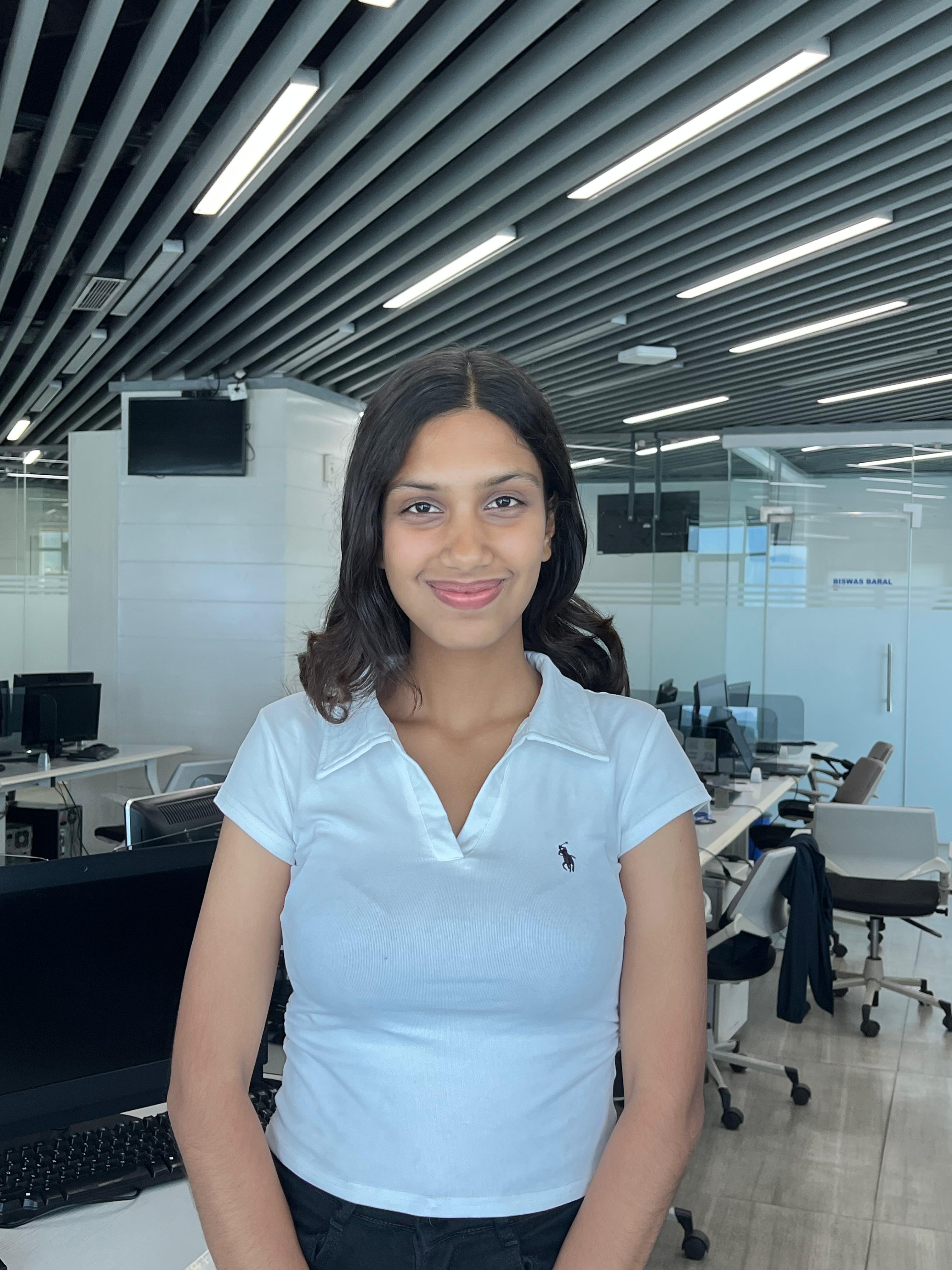



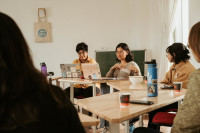


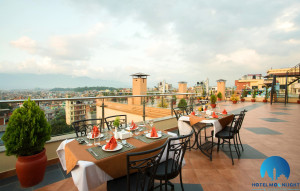
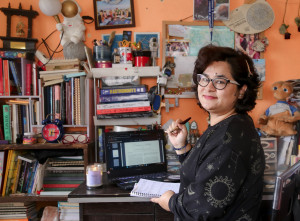


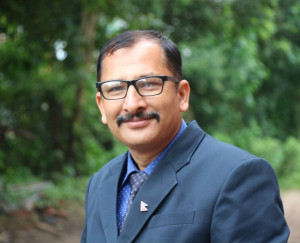


%20(1).jpg&w=300&height=200)

